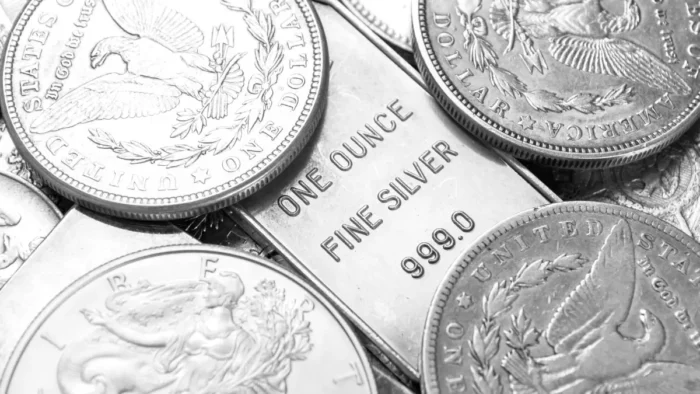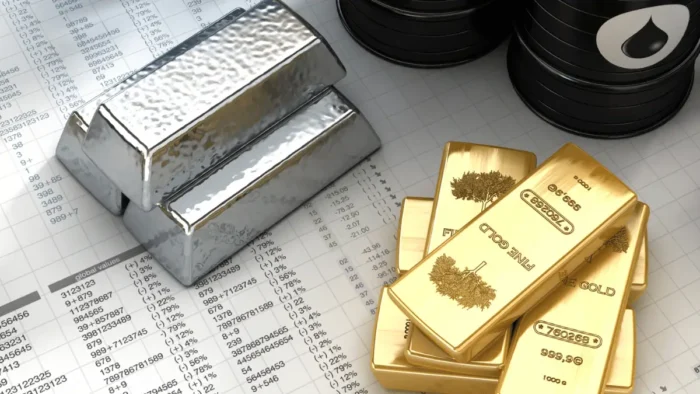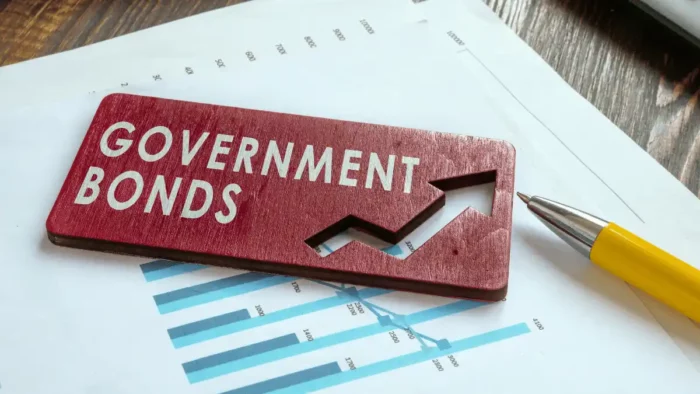Precious metals have long been regarded as safe-haven investments, offering stability and security during times of economic uncertainty. Among these metals, gold has held a prominent position as the go-to investment choice. However, silver sometimes referred to as “poor man’s gold,” has also garnered attention as an alternative investment.
Silver is generally less costly than gold. As such, it’s a more accessible investment option for many people than gold itself. Of course, that leaves many people wondering whether silver provided by Oxford Gold Group and other sources is equally as stable of an investment as gold. Consider the following factors that impact the stability of these metals in the investment market to help uncover the truth of investing in silver.
Historical Perspective
Gold has been recognized as a store of value for centuries, with a rich history as a medium of exchange and a symbol of wealth. This long-standing reputation has solidified its position as a reliable investment choice. Over time, gold has exhibited relative stability, maintaining its value even during economic turmoil. Investors often turn to gold as a hedge against inflation, currency fluctuations, and geopolitical uncertainties.
On the other hand, silver has a different historical narrative. While it also has a history as a precious metal, silver has experienced greater price volatility than gold. Its extensive industrial usage has contributed to this volatility as the demand for silver fluctuates with economic cycles. As a result, silver prices tend to be more reactive to economic conditions, making it a potentially riskier investment.
Market Dynamics
Various market dynamics influence the stability of an investment. Those include supply and demand, industrial usage, and investor sentiment. Gold and silver exhibit different characteristics in these areas, impacting their investment stability.
Gold benefits from a relatively stable supply and demand dynamic. Its demand is driven primarily by the investment and jewelry sectors, which tend to remain consistent over time. Additionally, central banks hold significant gold reserves, providing a stable demand base. Gold’s limited supply and the cost-intensive mining process contribute to its stable pricing.
Silver has a dual role as both an investment and an industrial metal. Approximately half of the global silver demand comes from industrial applications such as electronics, solar panels, and photography. This industrial usage can create price fluctuations, as silver demand is more sensitive to economic conditions. Supply dynamics also differ, as silver is often produced as a byproduct of other mining operations, leading to less control over production levels.
Price Performance
To assess the stability of gold and silver as investments, it is essential to analyze their historical price performance. Both metals have demonstrated their ability to hold value. Still, there are notable differences in their price volatility.
Gold has generally exhibited a smoother and less volatile price trajectory over the long term. Its historical price charts reflect this stability with relatively gradual price movements and less frequent sharp declines. Investors often view gold as a safe haven during economic downturns, driving demand and reinforcing stability.
In contrast, silver has experienced greater price volatility. Its price movements are more sensitive to market conditions, including economic growth, industrial demand, and investor sentiment. This volatility can provide opportunities for higher returns but also introduces greater risks. Silver prices can experience substantial fluctuations in short periods, making it a less stable investment choice than gold.

Taking a Look at Recent Numbers
Examining some of the more recent price fluctuations of both gold and silver is important to put matters into perspective. From 2001 to 2021, the prices of gold and silver experienced significant changes. Over this period, both precious metals witnessed remarkable price increases, reflecting their status as safe-haven assets and stores of value.
Starting with gold, it saw a substantial surge in value during the recent 20-year period. In 2001, the price of gold was around $271 per ounce, and by 2021, it reached approximately $1,800 per ounce. This represents an impressive increase of over 560% over the two decades. Gold has historically been sought after during economic instability, acting as a hedge against inflation and currency fluctuations.
Similarly, the price of silver also experienced notable fluctuations during this period. In 2001, silver was trading at around $4 per ounce; in 2021, it reached around $25 per ounce. This marks an impressive gain of approximately 525% over the 20-year span. Though its price remained lower throughout the time, it also gained great value.
Additionally, gold and silver witnessed significant price increases during the global financial crisis of 2008-2009 as investors sought refuge in precious metals. Geopolitical tensions, such as the European debt crisis, Brexit, and the COVID-19 pandemic, also contributed to a price rise. However, there were periods of price corrections and volatility along the way, influenced by factors such as monetary policy decisions, stock market performance, and fluctuations in the value of the US dollar.
However, it’s important to note that future price movements will continue to be influenced by various factors. No one knows exactly what the future will hold. Because of that, investors should exercise caution and conduct thorough research before making investment decisions.
Deciding Whether to Invest in Silver
While silver offers many of the same characteristics as gold, including being a tangible asset and a hedge against inflation, it does not have the same stability level. Gold’s historical track record, consistent demand from the investment and jewelry sectors, and limited supply contribute to its stability as an investment. With its dual role as an industrial metal and investment asset, Silver faces greater price volatility due to fluctuations in industrial demand and supply dynamics.
Investors seeking stability may still prefer gold over silver due to its lower price volatility and established reputation. However, for those willing to assume slightly higher risk, silver can offer greater potential returns during periods of economic growth and industrial demand. It may not gain as much value as quickly as gold, but it’s consistent in the long-term sense.
Ultimately, investing in gold or silver should align with an investor’s risk tolerance, investment goals, and understanding of market dynamics. Diversification within a portfolio, including exposure to both gold and silver, can also help mitigate risk and capture opportunities in different market conditions. In short, gold is more stable than silver but deserves its fair share of attention as an investment option.





